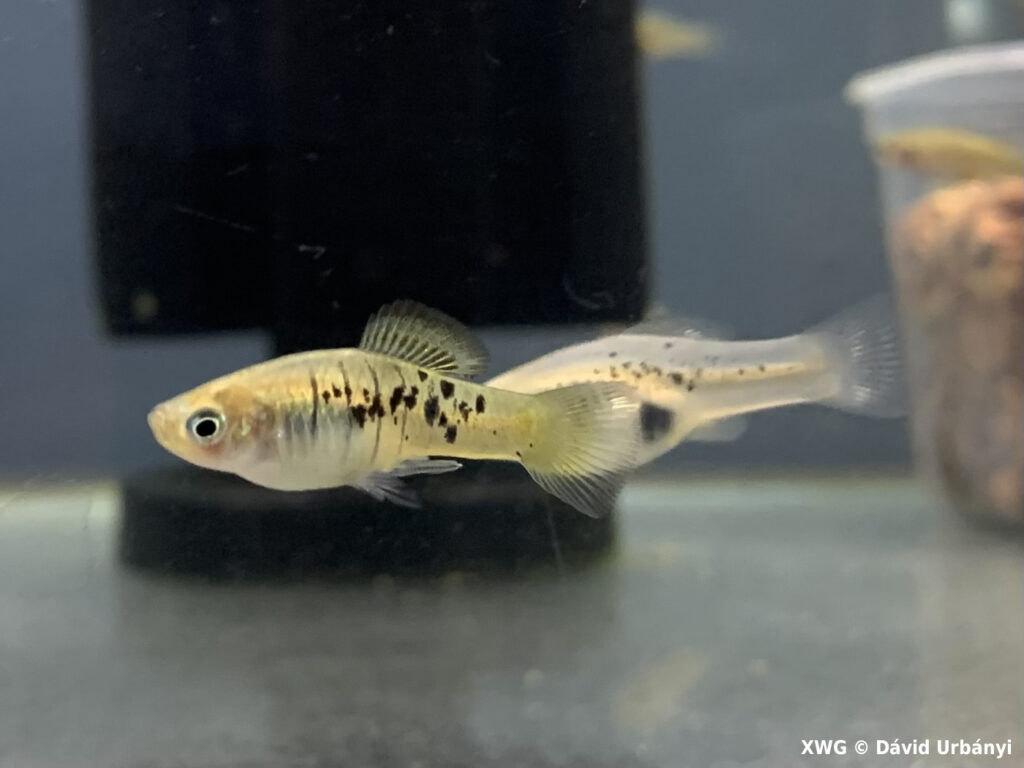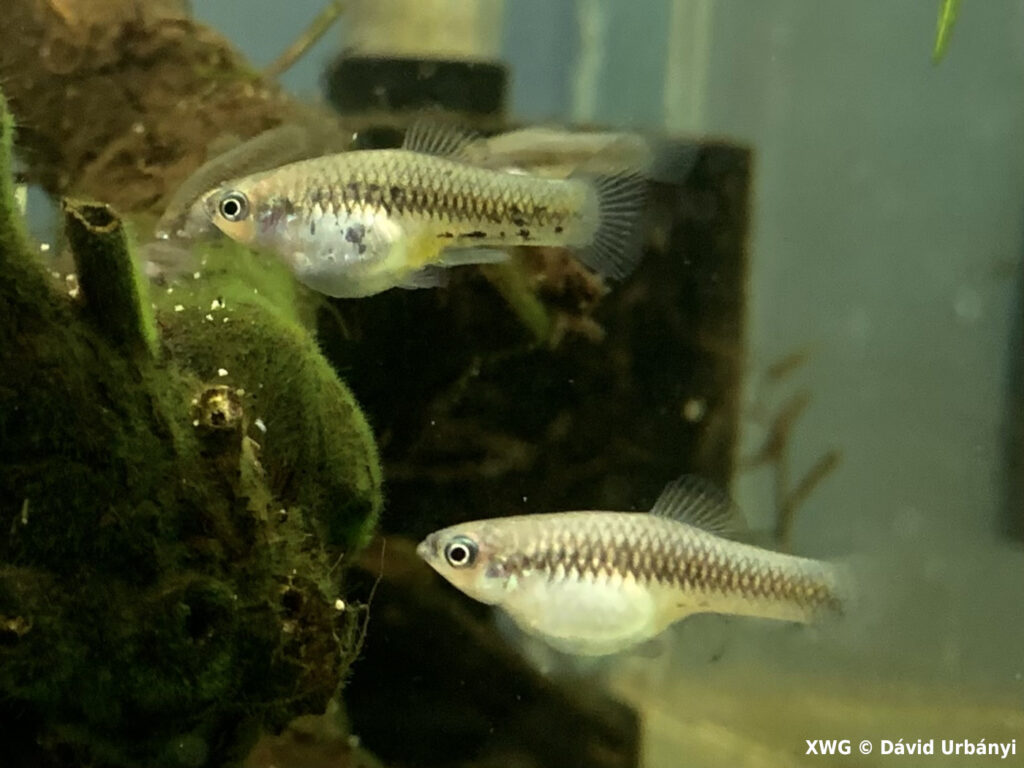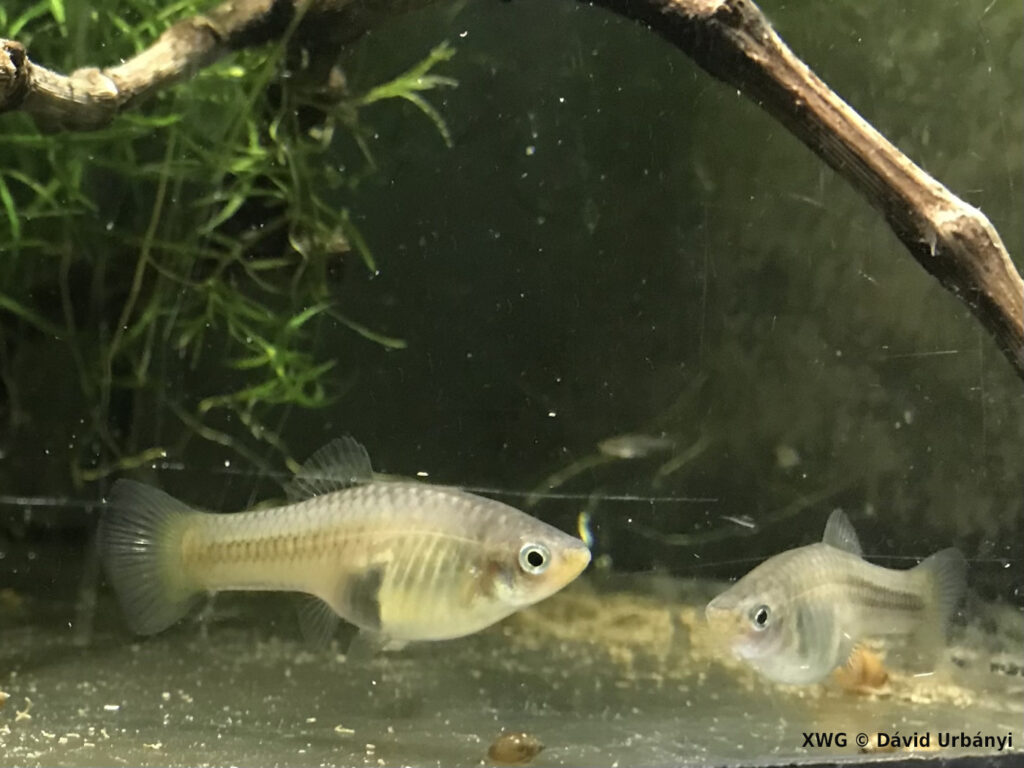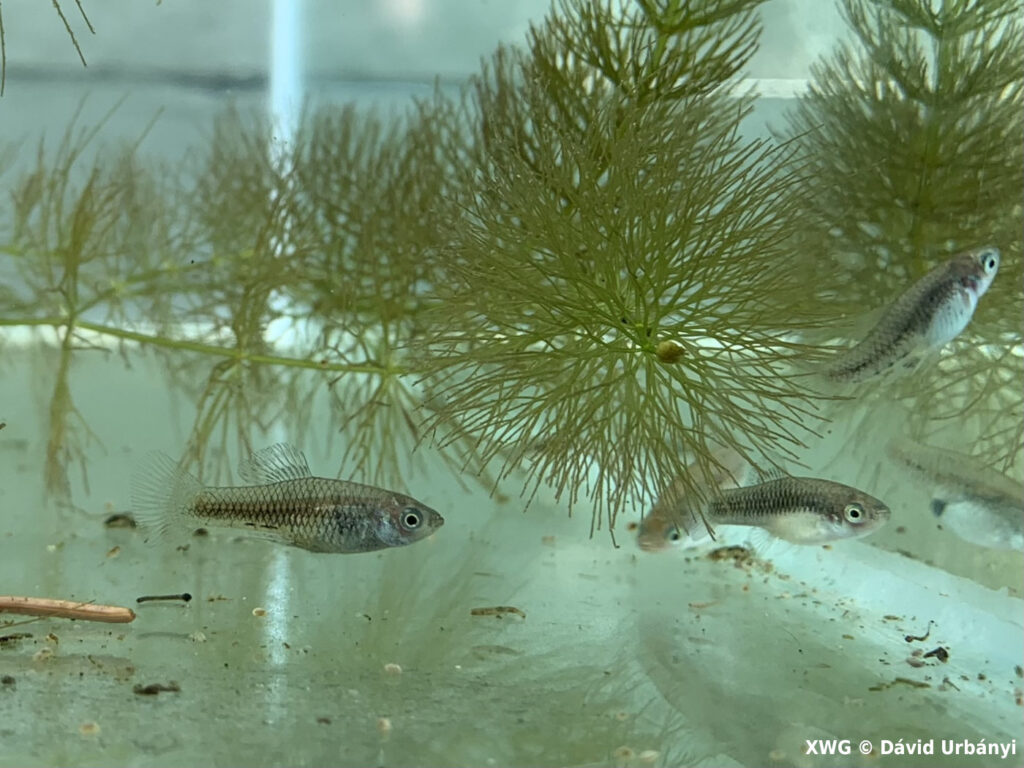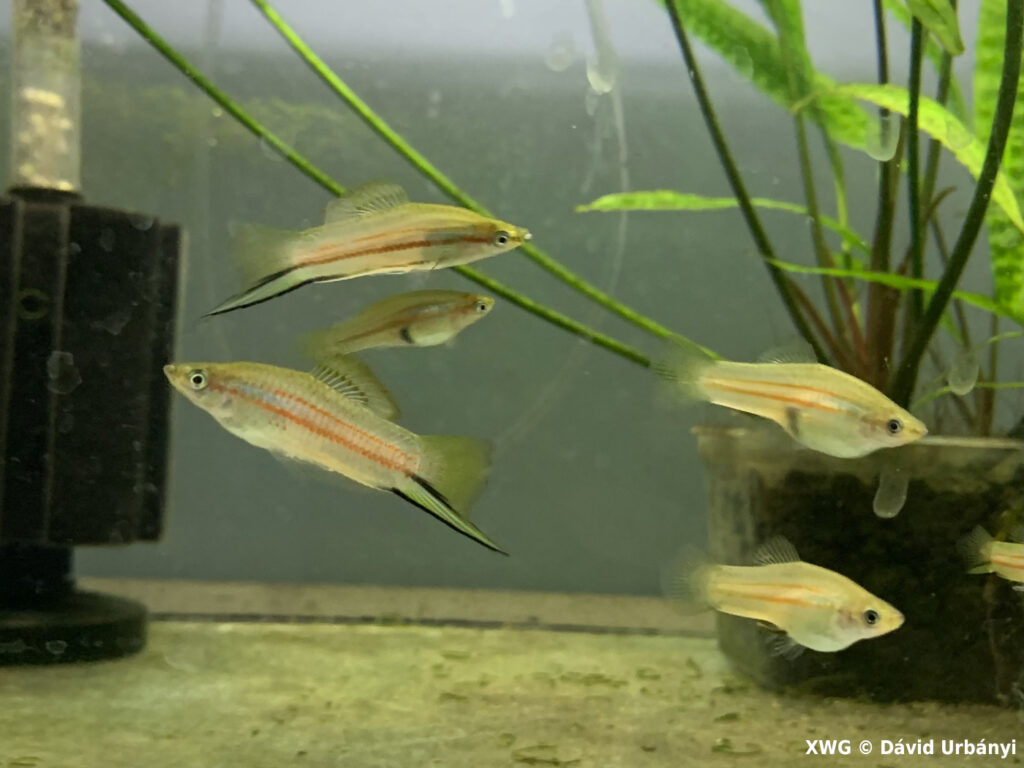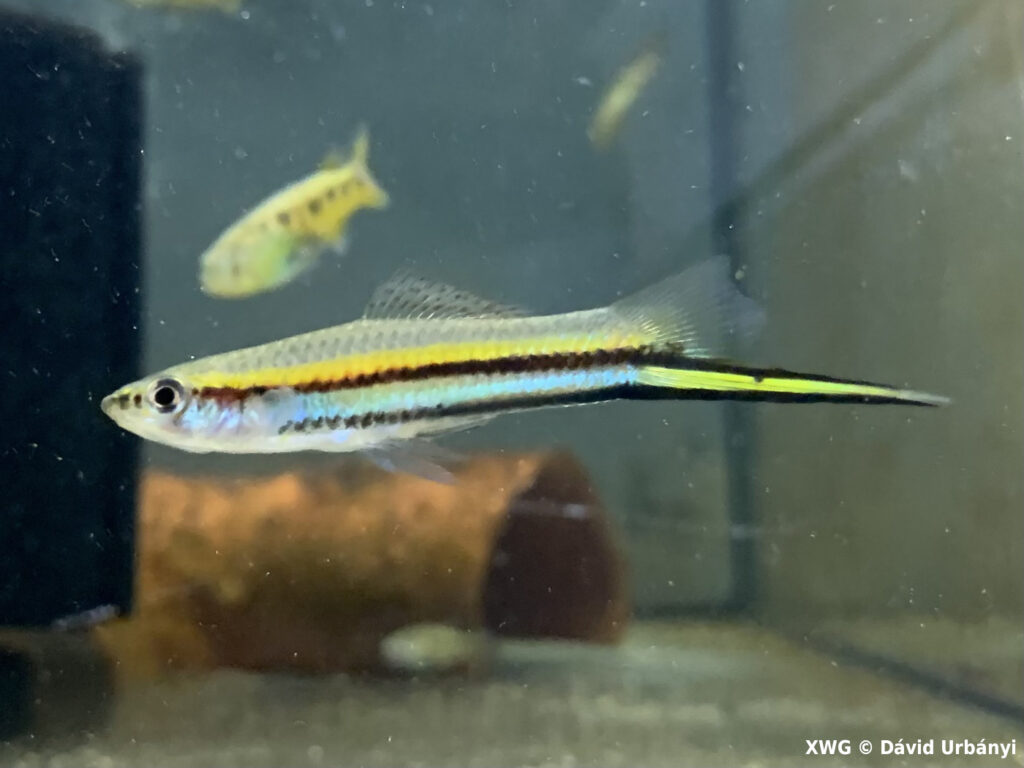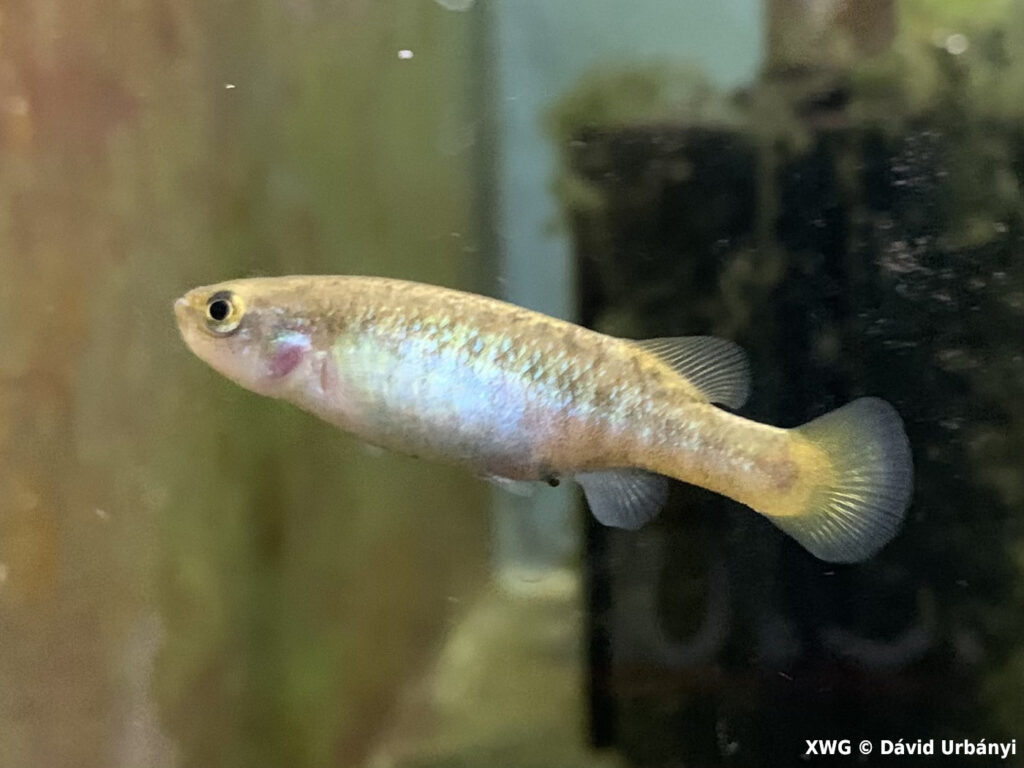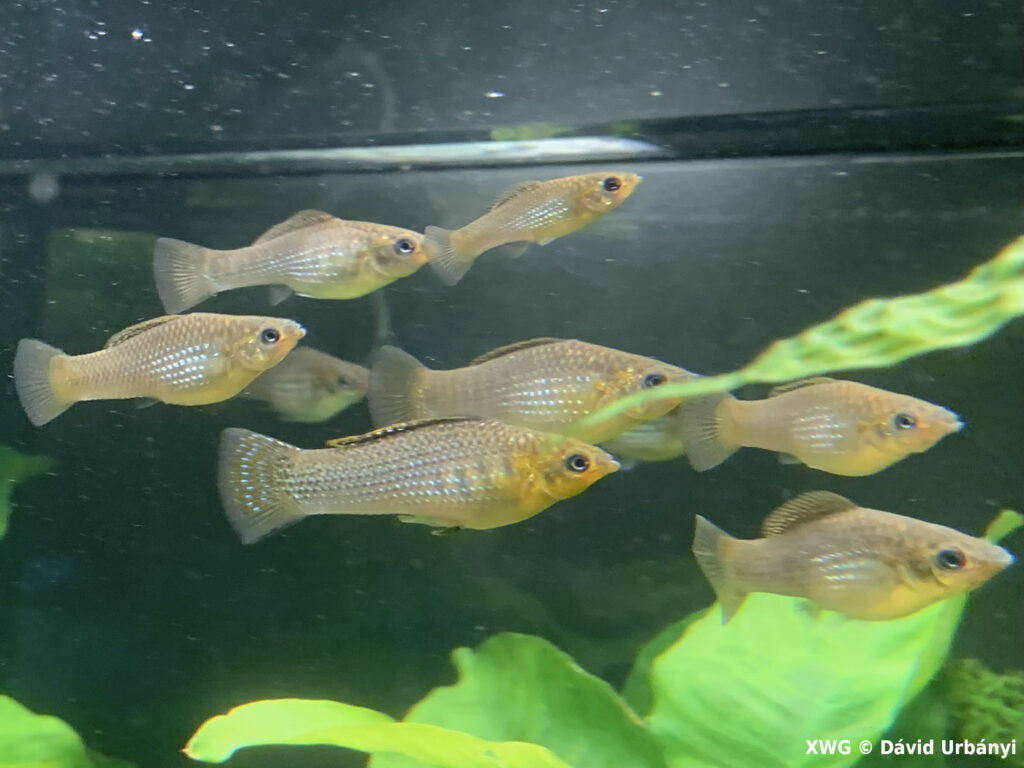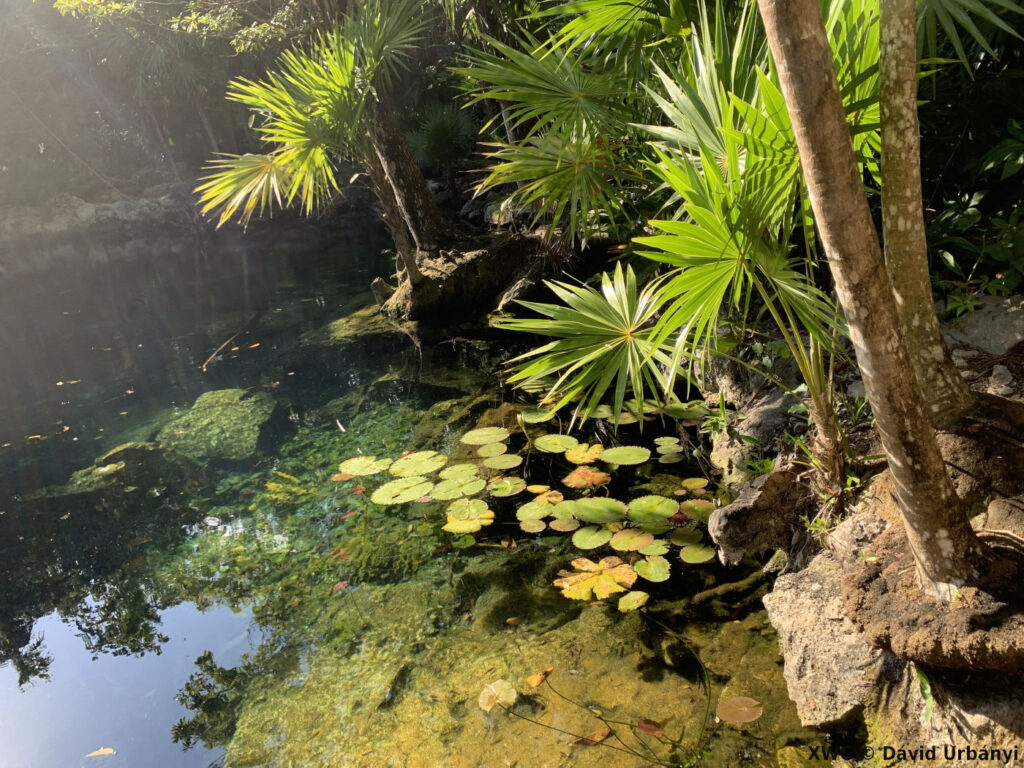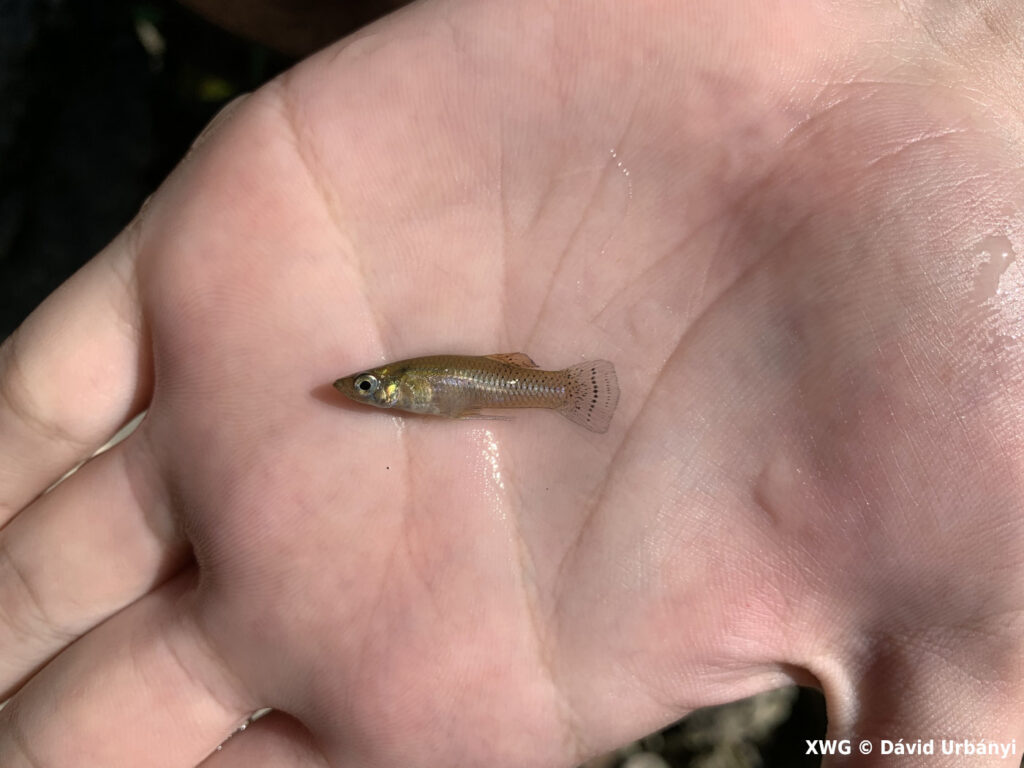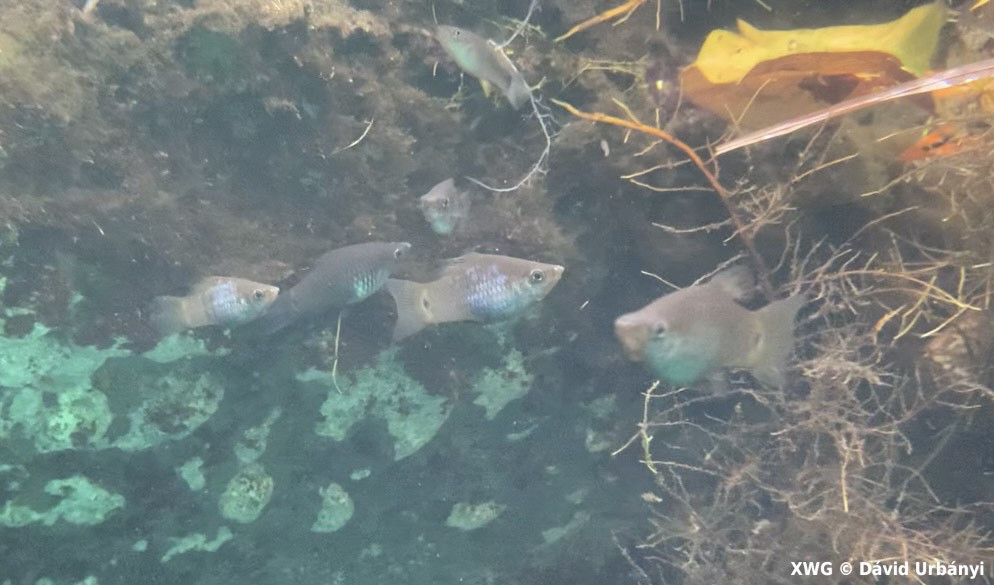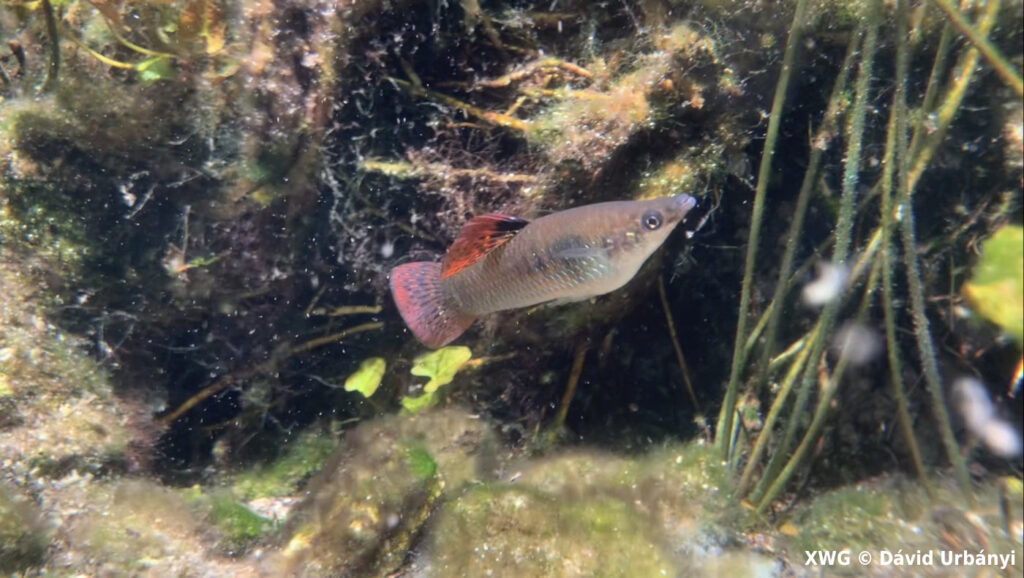One of the aims of the Xiphophorus Working Group is to promote cooperation between breeders. We would like to strengthen the social part of our hobby and work – without people, xiphos would not swim in aquariums 😉 Let’s get to know one of us through the following interview.
How would you briefly introduce yourself?
I am David Urbányi and I live in Dunakeszi, a small town near Budapest, the capital of Hungary. I study agricultural economics at Corvinus University of Budapest. Besides that, I am in the leadership of one of Hungary’s largest agribusiness-based student associations, the Agribusiness Club. My attachment to fish breeding dates back to 2008 when I was only 8 years old. In the heart of Budapest there is a hot water lake, whose water comes from thermal spa, and is full of introduced exotic species. From there I collected my first fish. As I remember, I started with some Gambusia affinis, Poecilia mexicana and sphenops hybrids, magnifiecient huge guppies (Poecilia reticulata), varieties of colourful swordtails (Xiphophorus hellerii) and some Central American and African cichlids. For many years I have focused on cichlids, but I have always kept some livebearers as well. The change happened about 6 years ago, when I completely switched to keeping only rare wild livebearer species.
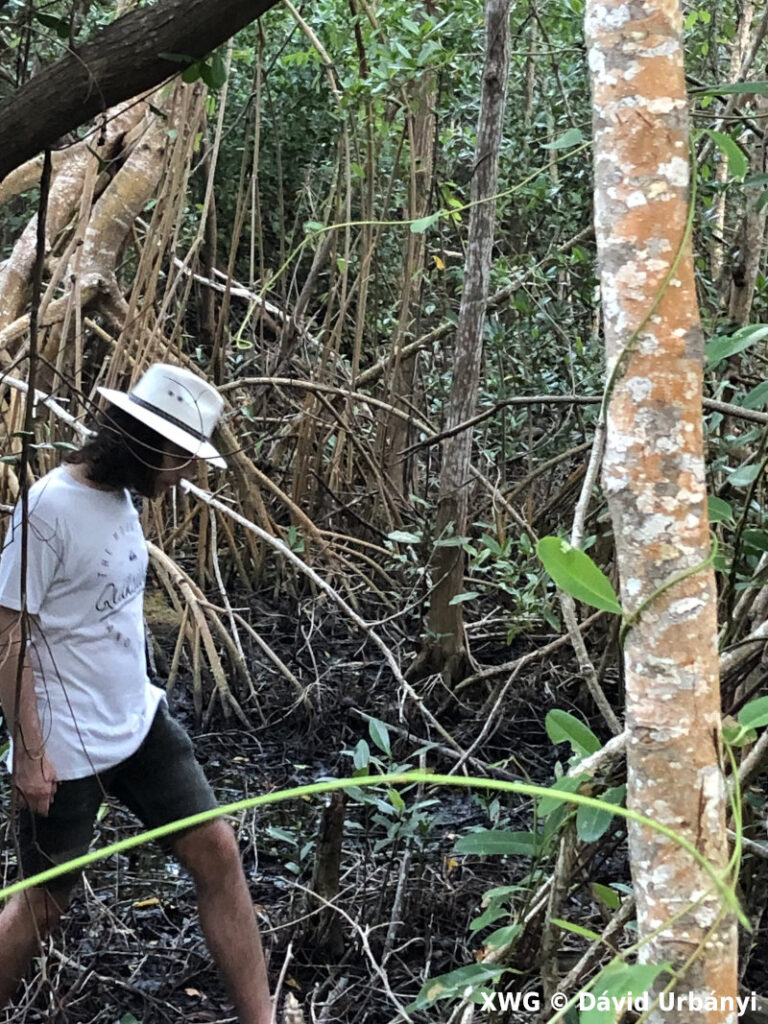
Do you keep other species of fish besides Xiphophorus? How long and why do you keep xiphos? What species of Xiphophorus do you keep?
I keep many other livebearers besides Xiphophorus, but xiphos have been close to my heart from the beginning. Currently I keep many phenotypes of numerous Xiphophorus species (X. montezumae, X. clemenciae, X. xiphidium, X. multilineatus, X. variatus, X. andersi, X. evelynae, X. couchianus, X. mayae, X. cortezi, X. pygmaeus, X. continens, X. hellerii).
Do you have an extra favourite or dream species?
Within Xiphophorus, my personal favourites are the members of the „clemenciae group” (X. clemenciae, X. mixei, X. monticolus), and Xiphophorus gordoni. Unfortunately, three of these species are almost impossible to get, but I do my best now to procure X. gordoni. It would be a dream come true if I could do it.
There are also many other species besides xiphos that I’m looking for, such as Hubbsina turneri and Scolichthys greenwayi.
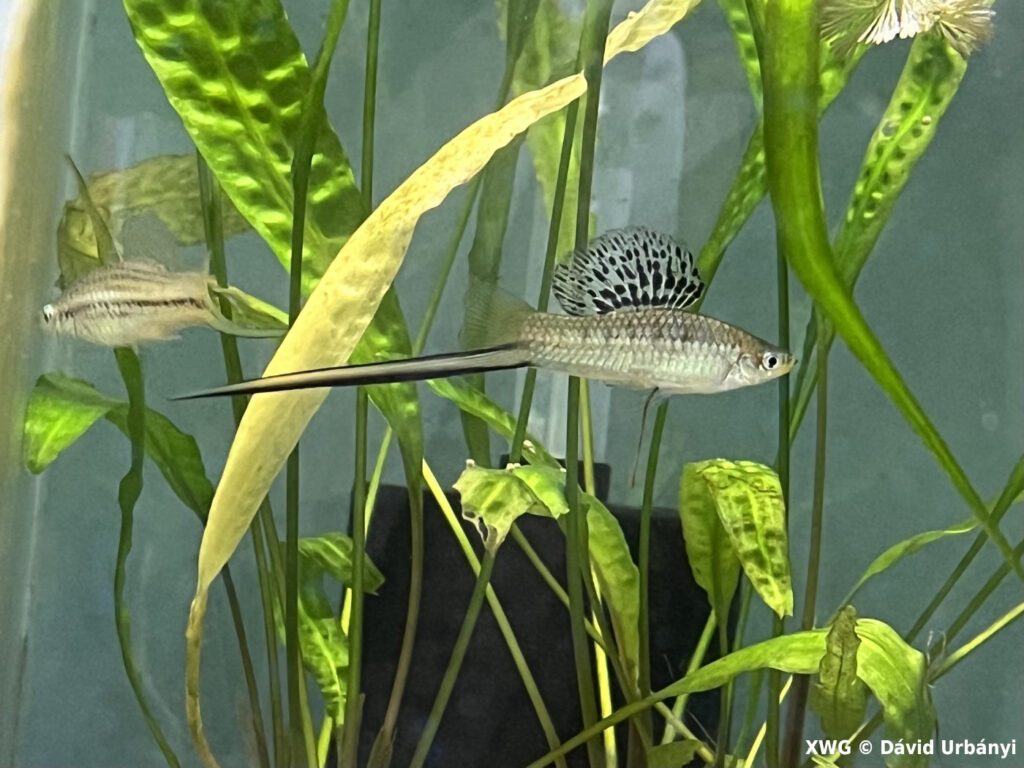
How long do you usually keep each species? Do you prefer learning new things or stability?
The answer to that is not clear. There is always some turnover in my stock as I get new, rarer species, but I also have a main stock of my favourites. A lot of people just collect species, but I think it’s much more important to create stable, long-term residual populations of each species. And then the next step is to spread the surplus among equally dedicated and reliable breeders around the world.
How big are your tanks, how are they equipped and what kind of filtration do you use?
I have about 50 tanks, 10 to 400 litres indoor and 1000 litre tubes outside. I only use simple sponge filtration, with high circulation. In my experiences, good water quality and high quality food are key components for xiphos.
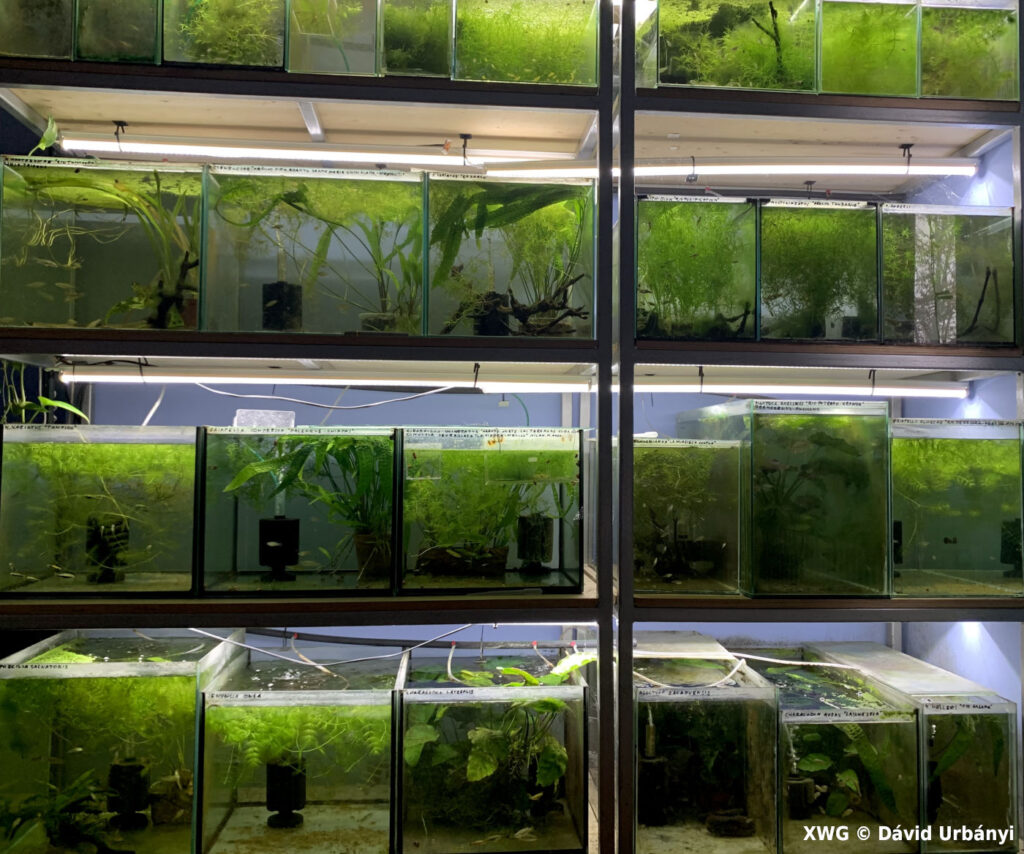
And what about water – temperature, chemical parameters, water exchanges?
I use plain tap water with a neutral pH. In most cases, the water temperature is adjusted to room temperature, 26-28 °C in summer and 17-20 °C in winter. Xiphos and goodeids do not need heating, but for example Micropoecilia, Poeciliopsis or Poecilia velifera species do. Most of my species don’t tolerate old water, so I do a 60% water change every two weeks. Based on my observations it is better to do it with cold water, xiphos really like it.
How and what do you feed?
As I mentioned before, I put a lot of emphasis on this question. A varied plant-based diet is very important for xiphos. I use a homemade frozen “green mix” that contains spinach, pumpkin, carrots and a little bit of garlic, as well as some spirulina tablets. To ensure protein intake, I feed many other frozen nutrients such as bloodworms, artemia, black and white mosquito larvae, daphnia and cyclops. To be sure, I also feed live food, I have cultures of white and banana worms. During the summer I also collect and culture live daphnia, this has a definite positive effect on predatory species such as Priapella, Priapichthys or goodeids.
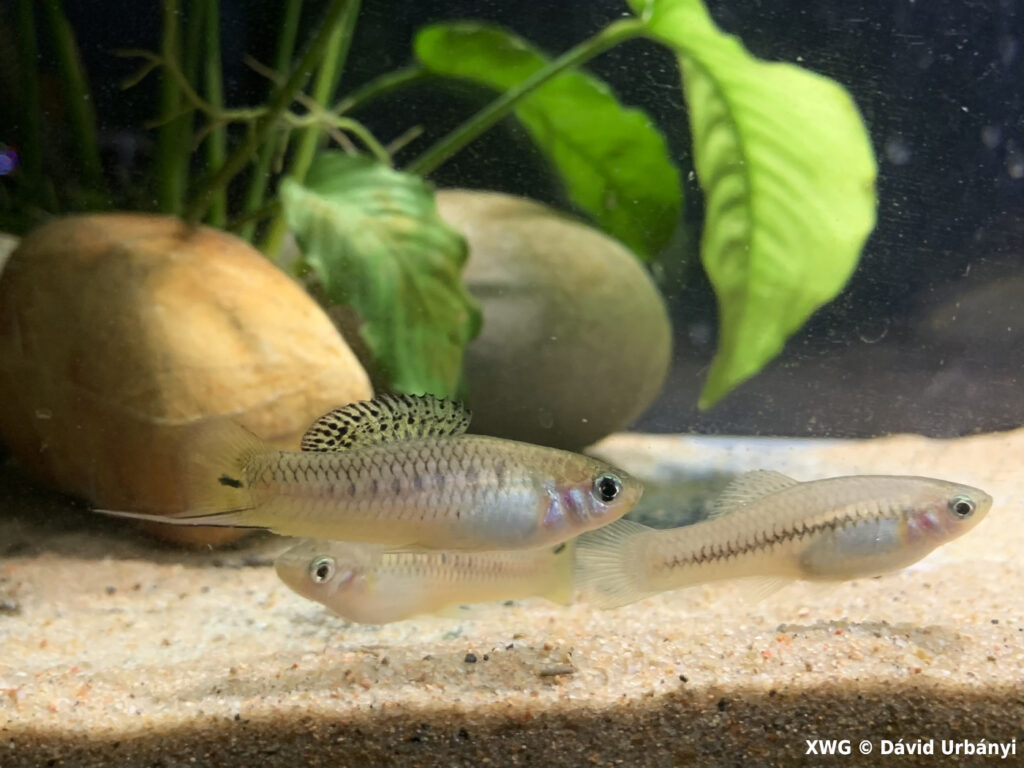
Are you solving any diseases or other problems?
In my opinion, disease prevention is much more important. Under ideal circumstances, you can avoid most diseases. Once a problem has occurred, it is much more difficult to solve it.
Have you seen Xiphophorus in the wild? If so, which – and what did that mean for you? If not, are you interested in Xiphophorus natural habitats?
I have already been lucky enough to spend two weeks in Mexico in the Yucatan. Lots of beautiful memories associated with these occasions. It was like a dream come true to be able to observe livebearers in their natural habitat. I have taken thousands of pictures in every place of every species.
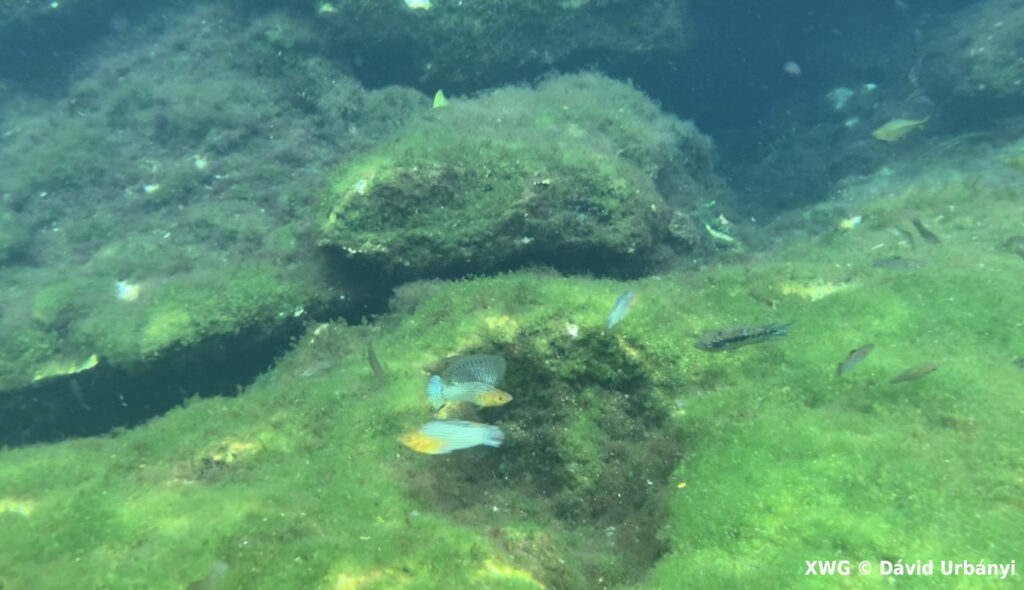
To what extent do you try to keep breeding as natural as possible (environment, selection)?
I’ll be honest, I only use very simple setups in my aquariums with just a little substrate and lots of potted plants. In short, it’s not typical for me.
Do you deal with genetics (inbreeding, so-called blood refreshment, population size in your aquarium, etc.)?
Yes, I always try, but in many cases it can be challenging. I am dealing with some of the rarest livebearers, such as Xiphophorus couchianus, Allotoca goslinei and others, some of which have only been collected once, and all the specimens we now have come from the same ancestors. And we’re not even talking about different strains within the same species.

What information sources about Xiphophorus do you usually look for?
I’m a huge fan of written sources, but I also like the internet. You have to be very careful with the latter, but for example I can strongly recommend the website of Texas State University – Xiphophorus Genetic Stock Center (https://www.xiphophorus.txst.edu/).
What is your experience with cooperation with other breeders?
So far, I have only had positive experiences with fellow breeders, hopefully this will not change in the future. Thanks to their kindness I have acquired so many new species. I prefer exchange in almost all occasions, you have to trust a person hundreds or thousands of kilometres away that his/her fish are also healthy and will also pack them carefully for a long trip. There are also a lot of good guys who connect breeders and bring along many fish to conferences and meeting from others and back. They also play a very important, altruistic role in our association.

What are your expectations from XWG?
As I am one of the coordinators of the group, I hope that in cooperation with enthusiastic breeders from all over the Europe we will be able to do something definitive and decisive. We need to protect nature’s treasures more than ever.
What do you consider to be a key factor for the successful keeping of Xiphophorus?
I think I have already mentioned the main factors that I think are important. Perhaps I should mention two more important things: attention and care! You must always keep an eye on these fish. If you can figure out their ideal conditions, they will soon thank you.

